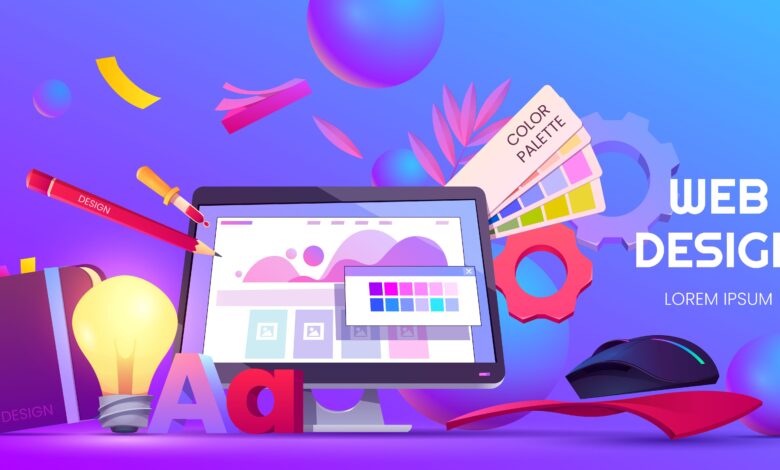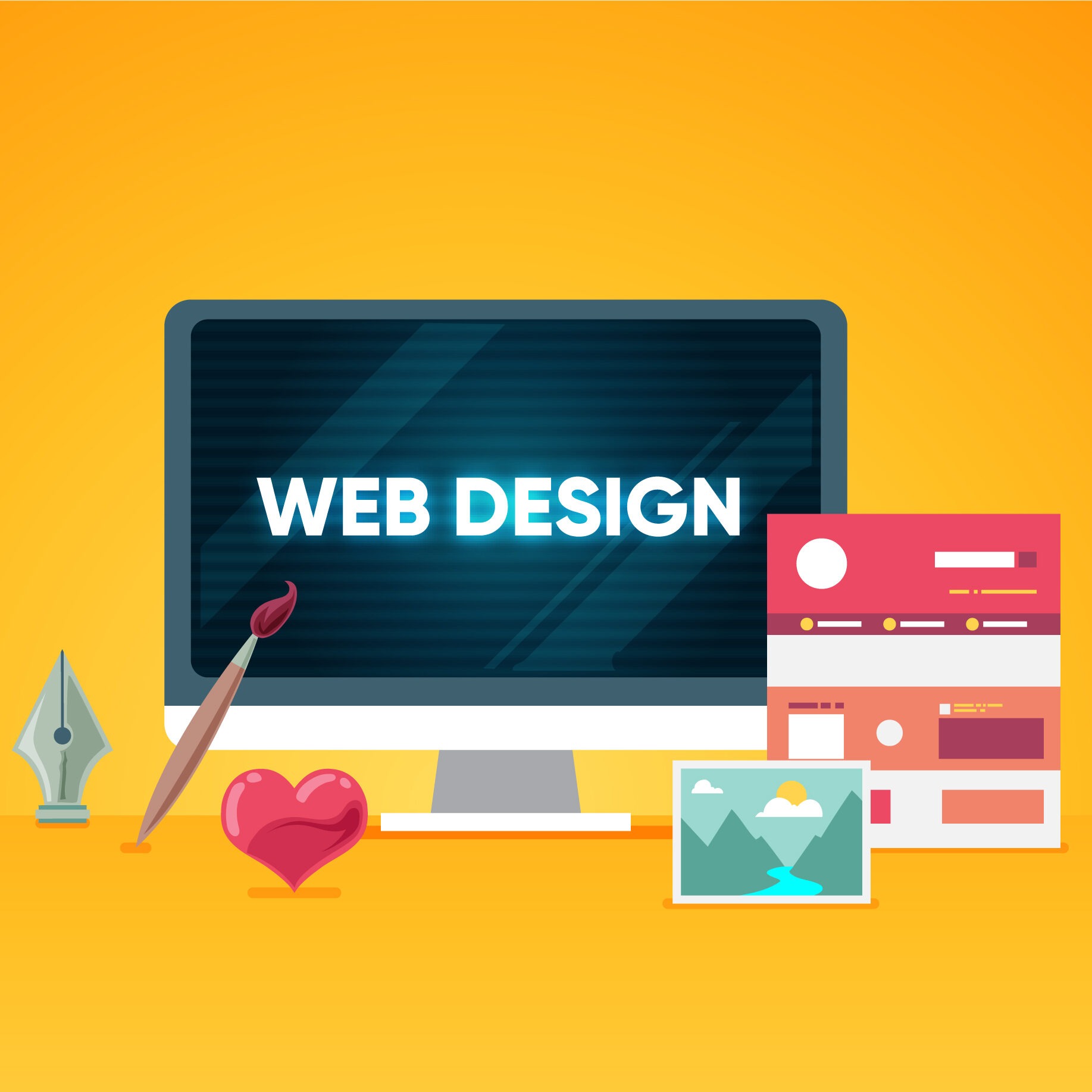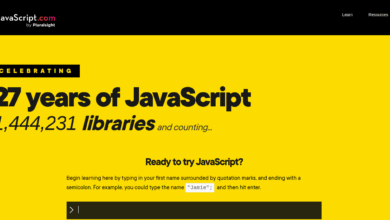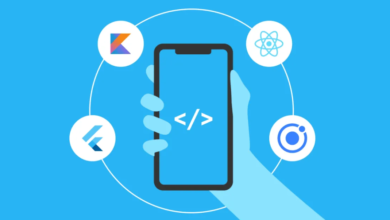How Become a Web Designer ?

In the fast-paced digital age, the demand for captivating and functional websites has never been higher. Are you curious about what it takes to craft such digital masterpieces? Enter the web designer – the creative force behind the online experiences we all cherish. Imagine having the ability to transform ideas into visually stunning and user-friendly websites. This isn’t just a career; it’s a blend of art and technology, requiring a unique skill set and an eye for detail. Ready to explore the world of web designers and uncover the secrets to their success? Let’s dive in and unlock the potential of this dynamic profession.
Table of Contents
What is Web Designers?

1- Web designer creates the visual elements of websites.
- Craft aesthetically pleasing layouts.
- Focus on user interface (UI) design.
2- Blend creativity and technical skills for functional design.
- Combine artistic talent with coding knowledge.
- Ensure designs are not only attractive but also practical.
3- Use tools like Adobe XD and Sketch for layout creation.
- Leverage industry-standard software.
- Produce high-quality mockups and prototypes.
4- Ensure a seamless and intuitive user experience.
- Prioritize user experience (UX) design principles.
- Create navigation that is easy and enjoyable.
5- Select color schemes, fonts, and images for brand messaging.
- Align design choices with the brand’s identity.
- Enhance brand recognition and appeal.
6- Collaborate with developers for design implementation.
- Work closely with front-end developers.
- Translate designs into functional websites.
7- Ensure the final product is both beautiful and functional.
- Balance aesthetics with usability.
- Test designs across multiple devices and browsers.
8- Crucial role in establishing a strong online presence for businesses.
- Help businesses attract and retain customers.
- Enhance online engagement and conversion rates.
Web Designer Salary
- Entry-Level Salaries: Entry-level web designers typically start with salaries ranging from $XX,000 to $XX,000 annually. These positions often require foundational skills in web design principles, HTML/CSS, and basic graphic design.
- Mid-Level Positions: As web designers gain experience (typically 3-5 years), their salaries increase to around $XX,000 to $XX,000. Mid-level designers are expected to have proficiency in advanced design tools, responsive design techniques, and possibly basic JavaScript.
- Senior Web Designers: Senior web designers, with 5+ years of experience and a proven track record of successful projects, can earn significantly higher salaries ranging from $XX,000 to $XX,000 or more. They often lead design teams, manage projects, and specialize in UX/UI design, interactive design, or frontend development.
- Factors Influencing Pay: Several factors impact web designer salaries, including geographical location (cost of living varies), industry demand (tech companies often pay higher), and additional skills like UX/UI design, SEO knowledge, and proficiency in design software such as Adobe Creative Suite or Sketch.
- Career Growth: Continuous learning and professional development are crucial for career advancement in web design. Certifications, advanced degrees, and staying updated with emerging technologies and design trends can enhance earning potential and open doors to higher-level positions.
What Kind of Skills Should You Develop to Become a Website Designer?
Workplace Web Design Skills
1- Communication
Effective communication is paramount for web designers working in collaborative environments. It entails conveying design concepts clearly to stakeholders, understanding client requirements, and integrating feedback seamlessly into the design process. Utilizing tools like Slack or Asana facilitates real-time communication, ensuring project timelines are met and expectations are managed effectively. Moreover, mastering visual communication through wireframes and prototypes enhances clarity and reduces misunderstandings during design iterations. Cultivating strong interpersonal skills aids in building rapport with clients and team members, fostering a productive work environment. In essence, proficient communication is not just a skill but a cornerstone of successful web design projects.
2- Time Management
Mastering time management is crucial for web designers to meet project deadlines and deliver exceptional results. Utilizing tools such as Trello or Kanban boards helps prioritize tasks effectively, ensuring that high-priority items are addressed promptly. Agile methodologies like Scrum enable iterative development cycles, enhancing productivity and responsiveness to client needs. Employing the Pomodoro Technique promotes focused work intervals with short breaks, optimizing concentration and creativity. Moreover, adhering to structured timelines fosters discipline and consistency in design workflows. By efficiently managing time, web designers can maintain workflow balance, minimize stress, and achieve peak performance in their projects.
3- Collaboration
Effective collaboration among web designers is pivotal for project success, fostering synergy and creativity. Utilizing platforms like Figma or Adobe XD facilitates real-time collaboration, enabling designers to share ideas and iterate seamlessly. Employing agile methodologies such as pair programming enhances problem-solving and knowledge exchange within teams. Clear communication channels, like Slack or Zoom, ensure that all stakeholders stay informed and aligned throughout the design process. Additionally, cultivating a collaborative culture promotes diversity of thought and innovation, leading to superior design outcomes. By leveraging collaborative tools and practices, web designers can achieve greater efficiency, cohesion, and ultimately, client satisfaction.
A web designer turns ideas into visually stunning realities, bridging creativity and technology to create seamless user experiences.
Technical Skills
1- Visual Design
Visual design is the art of creating aesthetically pleasing and impactful user interfaces. As a web designer, mastering visual design involves understanding principles like color theory, typography, and layout composition. Utilizing tools such as Adobe Creative Suite or Sketch empowers designers to craft visually stunning websites that resonate with users. Attention to detail in elements like iconography and whitespace enhances usability and readability. Incorporating trends like neumorphism or minimalist design can elevate the user experience, fostering engagement and brand affinity. By balancing creativity with user-centric principles, web designers can create visually compelling websites that leave a lasting impression.
2- UX Design
UX design, integral to a web designer‘s toolkit, focuses on enhancing user satisfaction through intuitive navigation and seamless interactions. It involves empathizing with users, understanding their needs, and optimizing the digital experience. Web designers apply usability principles, conduct user research, and create wireframes to map out user journeys effectively. By integrating elements like responsive design and accessibility features, they ensure a smooth and inclusive experience across devices. UX design also encompasses prototyping and iterative testing to refine interfaces based on user feedback, aiming for both functionality and delight in web experiences.
3- Knowledge of Design Programs
Proficiency in design programs is crucial for web designers to bring creative concepts to life. Mastery of tools like Adobe Creative Suite, Sketch, or Figma empowers designers to craft visually compelling layouts and graphics. These programs offer diverse functionalities, from vector-based drawing in Illustrator to interactive prototyping in XD, enabling precise control over typography, color schemes, and image manipulation. Web designers leverage their knowledge to streamline workflows, collaborate effectively with teams, and meet project timelines. Continued learning and staying updated with new features enhance their ability to create innovative and user-centric web designs.
4- Some Coding Knowledge
Having some coding knowledge is advantageous for web designers aiming to enhance their skill set beyond visual aesthetics. Understanding HTML, CSS, and JavaScript allows designers to implement responsive design principles, ensuring websites function seamlessly across devices. Familiarity with coding languages enables designers to collaborate more effectively with developers, translating design concepts into functional interfaces. Additionally, proficiency in frameworks like Bootstrap or libraries such as jQuery enhances workflow efficiency and design versatility. Web designers with coding proficiency can innovate more freely, incorporating interactive elements and optimizing user experiences to align with modern web standards and trends.
Web Design Certificate Programs and Courses
1- Microsoft UX Design Professional Certificate

The Microsoft UX Design Professional Certificate offers comprehensive training for web designers seeking to specialize in user experience (UX) design. This program covers essential UX principles, usability testing methodologies, and prototyping techniques using industry-leading tools. Graduates gain practical skills to create intuitive interfaces that prioritize user needs and enhance digital experiences across platforms.
2- UI/UX Design Specialization

The UI/UX Design Specialization is tailored for web designers seeking expertise in both user interface (UI) and user experience (UX) design principles. This program delves into interaction design, visual aesthetics, and user-centric methodologies essential for creating impactful digital products. By mastering UI/UX, web designers enhance their ability to craft seamless and engaging user journeys across various platforms, ensuring optimal user satisfaction and business success.
3- Responsive Website Development and Design Specialization

The Responsive Website Development and Design Specialization is tailored for aspiring web designers seeking proficiency in creating adaptable and engaging websites. This program delves into cutting-edge techniques of responsive design, ensuring optimal user experience across diverse devices and platforms. By mastering responsive frameworks and methodologies, web designers can elevate their projects with seamless functionality and aesthetic appeal, meeting the dynamic demands of modern digital landscapes.
Web Designer Portfolio
Crafting a compelling web designer portfolio involves several key strategies to effectively showcase your skills and expertise:
- Project Diversity: Include a variety of projects that demonstrate your versatility as a web designer. Showcase designs for different industries, platforms, and target audiences to illustrate your adaptability.
- Problem-Solving Stories: Describe the specific challenges you encountered in each project and how you addressed them creatively. Highlighting your web designer problem-solving skills can differentiate your portfolio.
- UX and UI Focus: Emphasize your commitment to creating exceptional user experiences (UX) and intuitive user interfaces (UI). Discuss how your designs prioritize user needs and enhance usability.
- Technical Proficiency: Detail your proficiency with web design tools such as Adobe Creative Suite, Sketch, or Figma. Mention your familiarity with HTML, CSS, JavaScript, and other relevant coding languages.
- Process Insights: Provide insights into your design process, from initial concept and wireframing to final implementation and testing. Demonstrating a structured approach enhances your credibility as a web designer.
- Client Testimonials and Results: Include client testimonials that highlight the impact of your work. Quantify results where possible, such as increased user engagement or improved conversion rates due to your web design contributions.
- Personalization and Branding: Ensure your portfolio reflects your personal style and branding. Design it to be visually appealing and easy to navigate, showcasing your web designer aesthetic sensibilities.
Every web designer knows the power of combining aesthetics and functionality to craft engaging and intuitive websites.
Conclusion
In conclusion, becoming a web designer involves mastering a blend of technical skills and creative flair. From honing your proficiency in design programs to understanding UX principles and some coding, the path is dynamic and multifaceted. By building a diverse portfolio that showcases your projects and solutions, you can demonstrate your expertise in visual design and responsive development. Continuous learning through specialized courses like the Microsoft UX Design Professional Certificate or UI/UX Design Specialization can further elevate your career prospects. Embrace collaboration, effective communication, and strong time management to thrive in this dynamic field.
A great web designer doesn’t just create websites; they build digital experiences that captivate and inspire users.
FAQs
What skills are essential for a web designer?
- A web designer needs skills in HTML, CSS, JavaScript, graphic design, and UX/UI principles.
How long does it take to become a web designer?
- The time to become a web designer varies, but it typically takes several months to a few years, depending on the learning path and dedication.
What tools does a web designer use?
- Common tools for a web designer include Adobe Photoshop, Illustrator, Sketch, Figma, and various code editors like Visual Studio Code.
Do I need a degree to become a web designer?
- While a degree can be beneficial, many web designers are self-taught or have completed online courses and bootcamps.
What is the difference between a web designer and a web developer?
- A web designer focuses on the visual and user experience aspects of a website, while a web developer handles the coding and functionality.
How much can a web designer earn?
- A web designer’s salary can vary widely based on experience, location, and skill level, but the average salary ranges from $50,000 to $80,000 annually.
Is it necessary to learn coding to be a web designer?
- Basic coding knowledge in HTML, CSS, and JavaScript is essential for a web designer to effectively create and manipulate web pages.





I am genuinely thankful to the owner of this website for sharing his brilliant ideas. I can see how much you’ve helped everybody who comes across your page. By the way, here is my webpage Article Home about SEO.
) Vou voltar a visitá-lo uma vez que o marquei no livro. O dinheiro e a liberdade são a melhor forma de mudar, que sejas rico e continues a orientar os outros.
Tak skal du have!|Olá, creio que este é um excelente blogue. Tropecei nele;
) Vou voltar a visitá-lo uma vez que o marquei no livro. O dinheiro e a liberdade são a melhor forma de mudar, que sejas rico e continues a orientar os outros.
مرحبًا، أعتقد أن هذه مدونة ممتازة. لقد عثرت عليها بالصدفة ;
que eu mesmo criei ou terceirizei, mas parece que
information.|My family members every time say that I am killing my time here
apreciariam o seu conteúdo. Por favor, me avise.
Também tenho o seu livro marcado para ver coisas novas no seu blog.